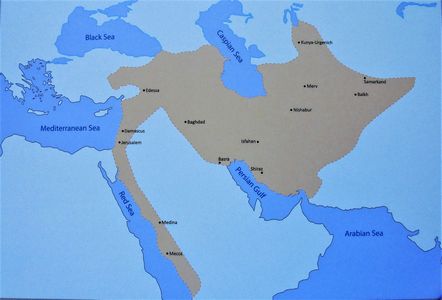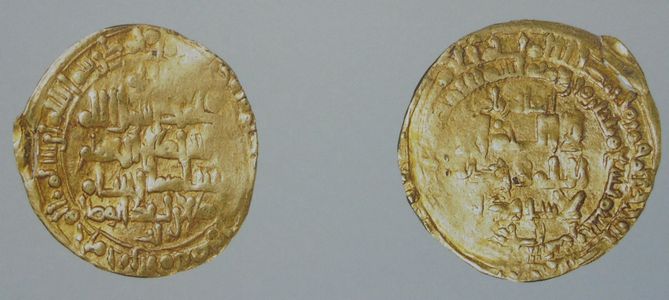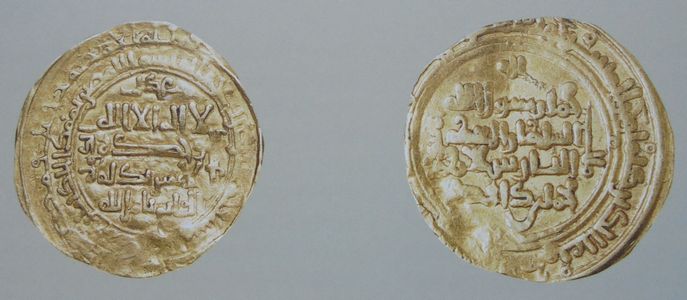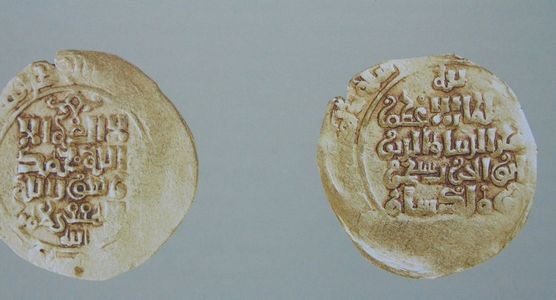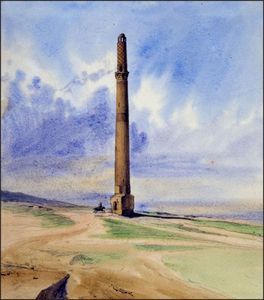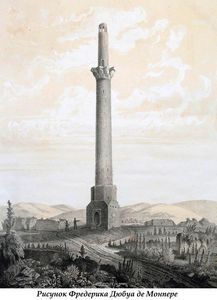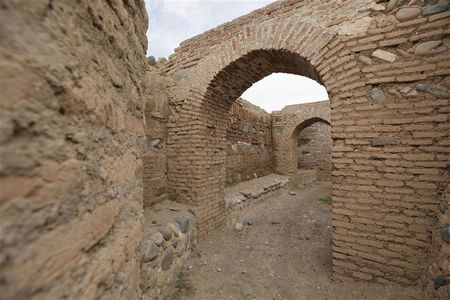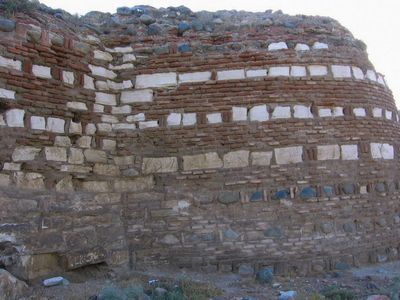Azerbaijan as part of Great Seljuq Empire
In 1040’s, Seljuqs had gained a foothold in both northern (Arran) and southern parts of Azerbaijan and succeeded in protecting the country from invasions by Byzantine Empire and its’ allies. In 1048, joint Seljuq-Azerbaijani troops had defeated allied armies of Byzantines, Armenians and Georgians. In 1055, the army of Sultan Toghrul had entered Baghdad and conquered Iraq, thus putting Abbasid Caliphate in a vassalage position. In exchange for the Sultan’s recognition of his religious leadership over Islamic world, caliph declared Toghrul the “Ruler of East and West”.
Before Seljuqs, territories of Azerbaijan had been ruled by Rawadids in the areas to the south of Araz, Shirvanshahs in the northeast, and Shaddadids in the other parts of Northern Azerbaijan and Eastern Anatolia. Seljuqian invasions resulted in complete disintegration of the states of Rawadids and Shaddadids. Finally in 1066, after Shirvanshahs had been turned into the sultan’s vassal, entire territory of Azerbaijan was united under the rule of Great Seljuq Empire.
After death of Toghrul I, the throne was ascended by Alp Arslan (1063-1072) who managed to conquer an entire Caucasus region and advance his armies into the territories of Middle Anatolia. While being on Hamadan campaign, Alp Arslan learned about plans of Romanos IV Diogenes to invade the territories of Azerbaijan and Iran. Having returned from Hamadan, he led his army in victorious Malazgird battle which took place on August 26, 1071. Resulted in the defeat of Byzantine forces and capture of their emperor, the battle was marked as a turning point in the world’s history. After Malazgird battle, the area of Great Seljuq Empire considerably extended to cover vast territories between Gashgar in the east, Mediterranean Sea in the west, Caucasus range in the north and Yemen in the south.
As a result of Seljuq migrations, Oghuz-Turkic tribes started to be a dominant ethnicity and key political power in both South Caucasus and Western Asia regions. This factor considerably influenced the future of Near and Middle East. For example, Seljuqs proved successful in the struggle against Crusade invasions and prevented the region’s political map from changing in accordance with the interest of Western Europe. On the other hand, strengthening of Turks in the South Caucasus region baffled plans of Byzantine and its Armenian and Georgian allies regarding annexation of the western parts of Azerbaijan. During the rule of Seljuqs, Turkism and Islamic factors had strengthened in the South Caucasus and including Azerbaijan.
Seljuq period was distinguished by the development of economy and handicrafts, growth of the cities and increase of the role of a money in feudal rent. Seljuqs possessed the region’s best military system. They managed to revive former might of the Turkic nations, and started new stage in the development of Islamic world and culture.
